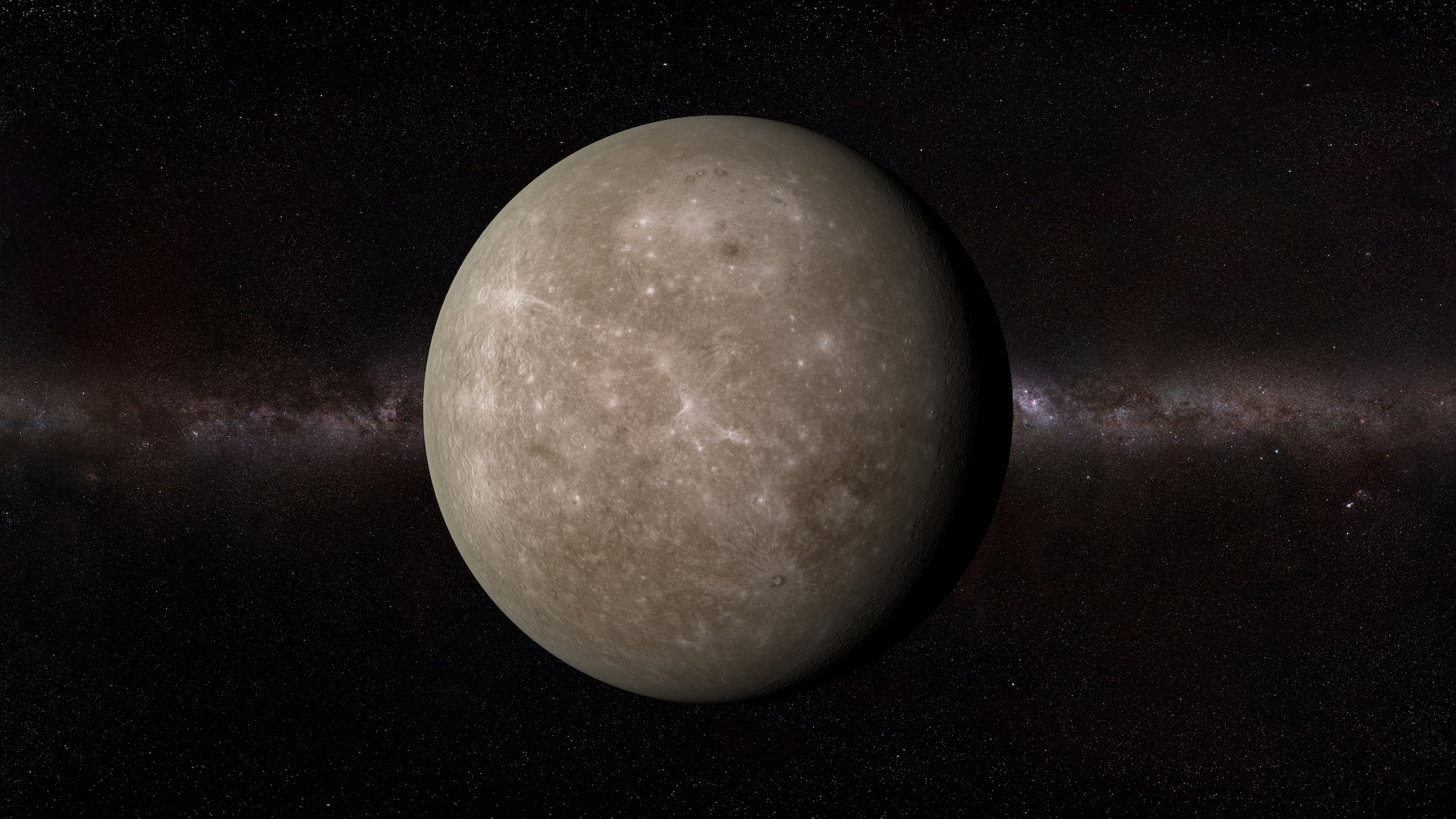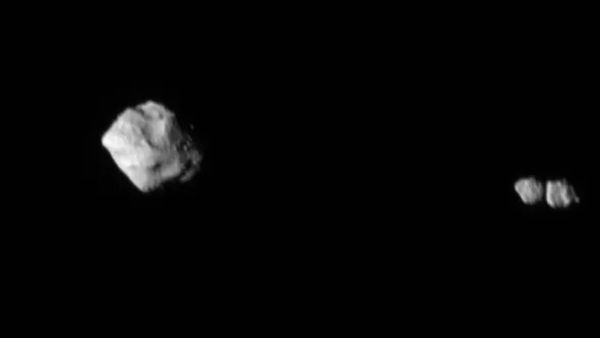
If you've never seen Mercury, now is your chance — the next two weeks offer great opportunities to view the solar system's innermost planet.
The "swift planet" — so named because it orbits the sun in just 88 days — is notoriously difficult to see because it's always very close to the sun. Most of the time, Mercury is either lost in the sun's glare or on the other side of the sun from our point of view on Earth.
Because of its proximity to our star, Mercury can be seen from Earth only during twilight, when the sun is about to rise or has recently set.
Starting next week, Mercury climbs to its highest of the year as it reaches its "greatest elongation" — the largest gap between the planet and the sun as seen from Earth. These greatest elongations happen every three or four months, before sunrise or after sunset. However, before Mercury reaches that point next week, the crescent moon visits it, which could make this elusive planet relatively easy to find.
Related: The 10 best stargazing events of 2024
To spot it, look east 30 minutes before sunrise on Monday, May 6. You'll have a chance to see a 4%-illuminated crescent moon low on the horizon. A few degrees north will be Mercury. Although the moon will make it easy to locate the tiny planet, it will be very low, so it may prove too difficult to see.
On Thursday, May 9, Mercury will reach its "greatest elongation west" of the sun and be slightly higher above due east, with Mars and Saturn above it. Although it's farthest from the sunrise on May 9, Mercury will be at its highest above the horizon on Tuesday, May 14. Using a good pair of stargazing binoculars or a nice small telescope will also help with the view.
Mercury is the only planet in the inner solar system that a robotic mission hasn't landed on. However, it has been imaged, with NASA's Mariner 10 photographing it during three flybys in 1974 and 1975 and NASA's MESSENGER mapping it from 2008 to 2015.
BepiColombo, a joint mission from the European Space Agency and the Japan Aerospace Exploration Agency, is on its way to Mercury. When it reaches the planet in December 2025, the spacecraft will insert two satellites into orbit to study the tiny planet's craters, geology and composition, as well as its atmosphere and magnetosphere.










